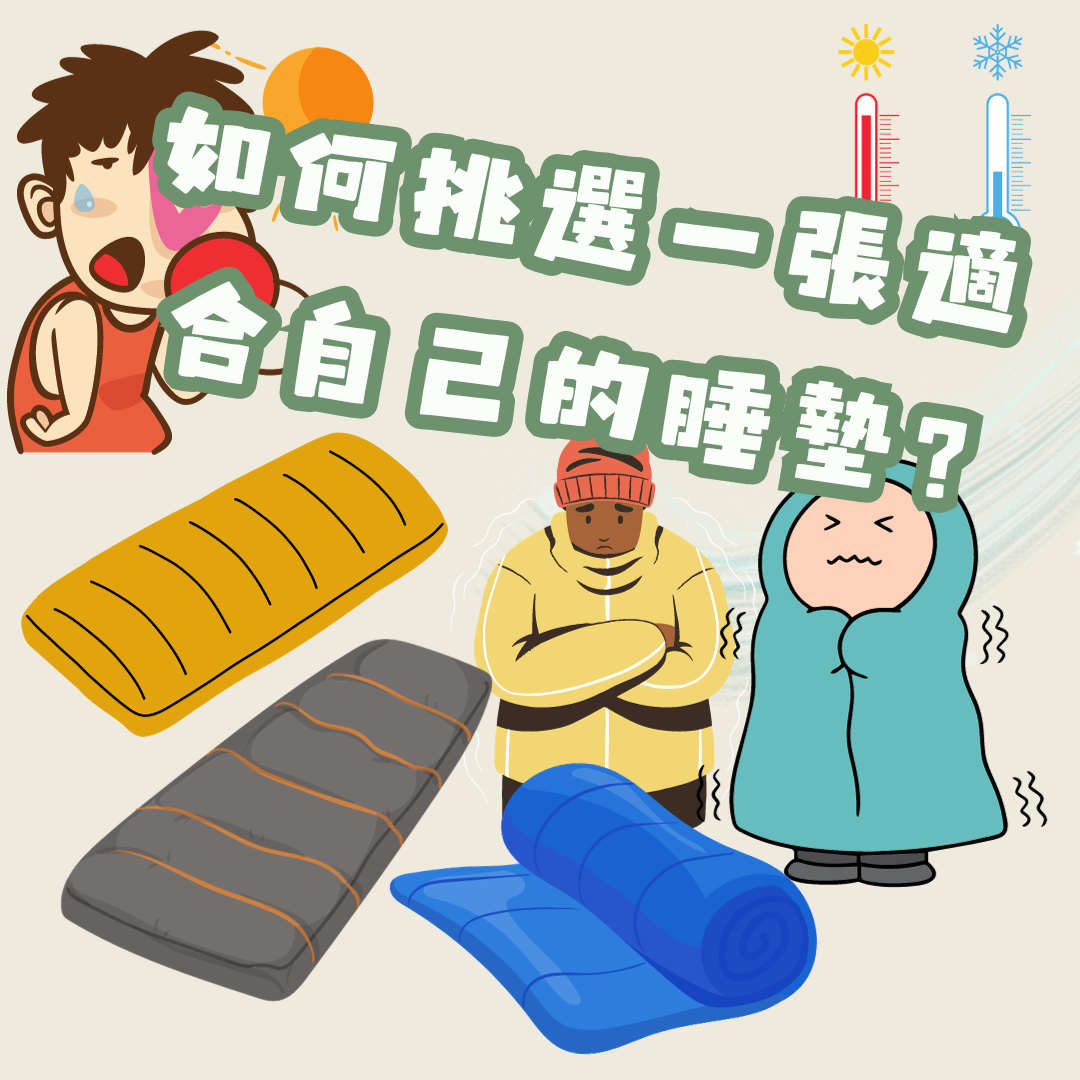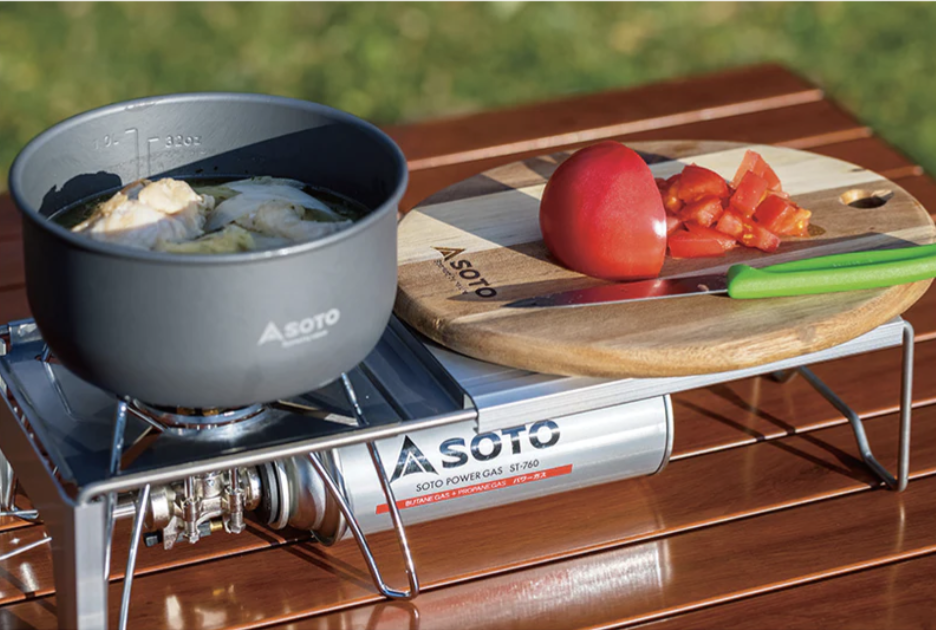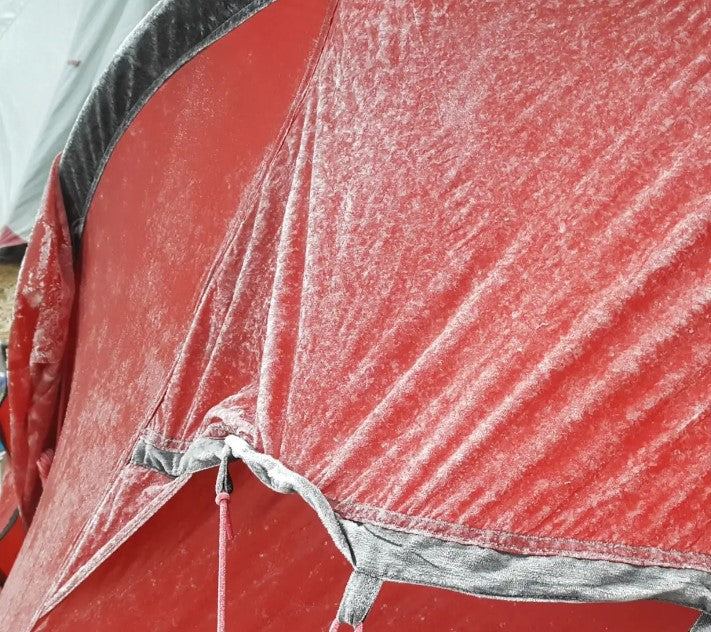Choosing the right sleeping pad is crucial for a good night's sleep. This guide aims to help you make an informed decision, providing advice and considerations regarding sleeping pad types, sizes, comfort, and durability. Let's start exploring together!
First, what you need to know about R-value before buying:
R-value (R-Value)
R-value is a metric used to measure the insulation performance of a sleeping pad, representing the thermal resistance of the sleeping pad to heat conduction.The higher the R-value of a sleeping pad, the better its insulation performance, meaning it can provide more effective insulation, blocking cold air from the ground.The R-value is determined based on the thickness, density, and thermal conductivity of the sleeping pad material.

- Temperature above 12 degrees Celsius / Summer: R-value 0.5 ~ 2
- Temperature above 1 degree Celsius / Three Seasons: R-value 1.5 ~ 3.5
- Temperature above -6 degrees Celsius / Four Seasons: R-value 3 ~ 4.5
- Temperature below -6 degrees Celsius / Extreme Cold Environment: R-value 4 or higher
Sleeping pads canblock moisture and cold from the ground, preventing heat conduction from the body to the ground and causing heat loss. They provide a comfortable sleeping environment, supporting the body structure. Different sleeping positions require different levels of support. Sleeping pads can help maintain the natural curve of the spine, reduce pressure on the back and joints, and avoid pain and discomfort. Choosing the right sleeping pad according to individual needs and preferences can help improve sleep quality.
- Advantages:
- Lightweight and easy to carry, convenient for outdoor activities.
- The firmness and inflation level can be adjusted according to individual needs.
- Provides good insulation, keeping you away from the cold air from the ground.
- Can isolate uneven ground.
- High comfort level.
- Disadvantages:
- Requires manual inflation and deflation, taking some time and effort.
- Thinner inflatable sleeping pads may not provide sufficient support and comfort.
- May be more susceptible to damage or air leaks.
2. Self-Inflating Sleeping Pad:
- Advantages:
- Features a built-in inflation system, automatically inflating simply by opening the valve.
- Provides better support and is thicker than inflatable sleeping pads.
- Typically has good durability and leak-proof features.
- High comfort level.
- Disadvantages:
- Heavier and bulkier, not as easy to carry as inflatable sleeping pads.
- Inflation and deflation may be slower than manual inflation.
- Requires some storage space.
3. Foam Sleeping Pad(Also known as an egg crate sleeping pad because it resembles an egg carton):
- Advantages:
- Provides good support and pressure point relief, helping to reduce body pain and discomfort.
- Lightest and easiest to carry, suitable for outdoor activities.
- Durable and easy to clean.
- Inexpensive
- Easy to use, simply lay it flat on the ground.
- Disadvantages:
- Harder, may not be suitable for people who prefer softer sleeping pads.
- Thin, insulation may not be as good as inflatable or self-inflating sleeping pads.
- More noticeable ground irregularities, lower comfort level.
Comparison of the three:
- Inflatable and self-inflating sleeping pads are both inflatable sleeping pads, offering portability and insulation. Both are comfortable, with self-inflating sleeping pads generally being thicker and providing better support than inflatable sleeping pads, but they are also heavier and bulkier.
- Egg crate pads are sleeping pads with a fixed structure, providing good support and pressure point relief, are lightweight and easy to carry, making them a top choice for lightweighting. However, they may be harder and have poorer insulation, and are less comfortable than inflatable sleeping pads.
- The choice of which sleeping pad to choose depends on individual needs and preferences. If weight and portability are important to you, an inflatable sleeping pad may be a good choice. If comfort and support are the primary considerations, a self-inflating sleeping pad may be more suitable. Egg crate pads provide good support and pressure point relief and are suitable for people who prefer a firmer surface.
Key Comparison:
- Inflatable and self-inflating sleeping pads: differ in portability and inflation method, with self-inflating sleeping pads generally providing better comfort and support.
- Self-inflating sleeping pads and egg crate pads: Self-inflating sleeping pads are heavier but offer good comfort, while egg crate pads are lighter but firmer.
- Inflatable sleeping pads and egg crate pads: Inflatable sleeping pads are portable and offer adjustable firmness, while egg crate pads provide good support and are lightweight.
Hopefully these comparisons will help you better choose a sleeping pad that suits your needs!










